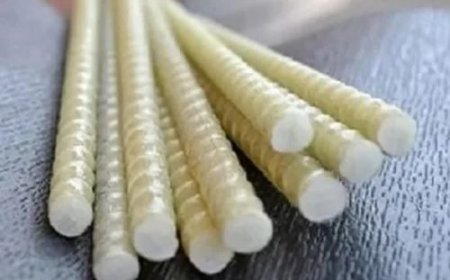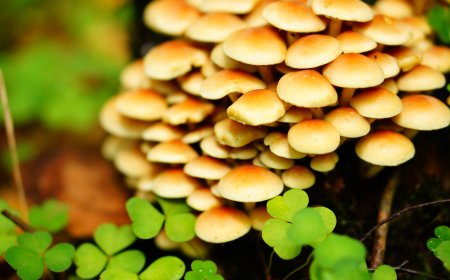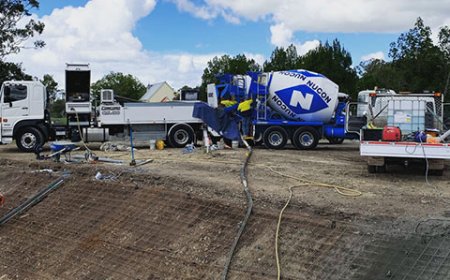Stump Grinding: The Ultimate Guide to Removing Tree Stumps the Smart Way
Stump grinding is hands down one of the smartest ways to get rid of an unsightly stump. It’s quick, efficient, and opens up a world of landscaping possibilities. Whether you’re clearing the way for a new garden bed or just want your yard to look clean and safe, stump grinding is your go-to solution. Just remember—when in doubt, call a pro!

Stump grinding is the process of removing a tree stump by mechanically grinding it down into wood chips using a powerful machine called a stump grinder. Unlike full stump removal, this method leaves the roots behind, which naturally decay over time.
Why is Stump Grinding Important?
Leaving a tree stump behind isnt just an eyesoreit can lead to pest infestations, safety hazards, and regrowth issues. Grinding it down is a fast, cost-effective solution that keeps your yard safe and looking great.
Reasons to Remove a Tree Stump
Safety Concerns
Tree stumps are trip hazardsespecially for kids, pets, and lawn equipment. One misstep and you're looking at a twisted ankle or worse.
Pest and Insect Attraction
Rotting stumps are like five-star hotels for termites, ants, beetles, and fungi. These pests can easily migrate to healthy treesor worse, your house.
Curb Appeal and Landscaping
Lets be real: stumps are ugly. They ruin the aesthetics of your lawn and limit your landscaping options.
Preventing Regrowth
Some stumps will actually sprout new shoots. Without grinding, you might end up dealing with an entire tree trying to grow back.
Stump Grinding vs. Stump Removal
Key Differences
-
Stump Grinding: Involves grinding the stump down to below ground level, leaving roots in place.
-
Stump Removal: Complete extraction of the stump and rootsrequires heavy machinery and major digging.
Pros and Cons of Each Method
| Method | Pros | Cons |
|---|---|---|
| Grinding | Fast, affordable, minimal damage to yard | Roots remain |
| Removal | Full elimination, prevents regrowth | Expensive, disruptive to lawn |
How the Stump Grinding Process Works
Step-by-Step Breakdown
-
Clear the area of rocks and debris.
-
Position the grinder over the stump.
-
Lower the rotating cutting wheel onto the stump.
-
Grind the stump down a few inches at a time.
-
Repeat until the stump is 416 inches below ground level.
Types of Stump Grinders
-
Handheld grinders: Small, best for minor stumps.
-
Walk-behind grinders: Great for average homeowners.
-
Riding grinders: Ideal for large jobs.
-
Skid steer grinders: Powerful machines used by professionals.
How Deep Does a Grinder Go?
Most machines grind 416 inches deep. Deeper grinding is possible but may require special equipment.
DIY Stump Grinding vs. Hiring a Pro
Is DIY Worth It?
DIY stump grinding is possible, but its not for everyone. Rental machines can cost $100$300 per day and require muscle, patience, and protective gear.
Risks and Challenges
-
Flying debris
-
Machine accidents
-
Hidden rocks or metal in the ground
-
Improper technique could damage your lawnor you
Benefits of Hiring a Professional
-
Safer and faster
-
No equipment hassle
-
Cleanup included
-
Expertise to handle any stump size or location
Costs of Stump Grinding
Average Price Range
Expect to pay $100 to $400 per stump, depending on the size and location.
Factors Affecting Cost
-
Diameter and depth of stump
-
Number of stumps
-
Soil condition and accessibility
-
Root spread
-
Cleanup and disposal options
How to Save Money
-
Bundle multiple stumps into one job
-
Choose off-season grinding
-
Prep the site yourself (clearing debris)
What Happens to the Wood Chips?
Mulch, Compost, or Disposal Options
The grinder will leave behind a heap of wood chips. You can:
-
Use it as mulch around trees or garden beds
-
Mix with compost
-
Request the company to haul it away (may cost extra)
Reusing Wood Chips Creatively
-
Pathways or walking trails
-
Erosion control
-
Chicken coop bedding
-
Weed suppression in garden beds
Aftercare and Landscaping Post-Grinding
Filling the Hole
Once the stump is ground, youll have a hole filled with chips and soil. You can:
-
Leave it to settle naturally (takes weeks)
-
Remove chips, add topsoil, and reseed immediately
Planting Grass or New Trees
Want to restore your lawn? Add topsoil and grass seed. Want to plant a new tree? Choose a different location nearby to avoid root issues.
Preventing Sinkholes
Backfill the area properly and water the soil over several days. This helps prevent sinking as the wood chips decompose.
Environmental and Legal Considerations
Local Regulations on Stump Removal
Some cities require permits for stump grinding, especially in historic or protected areas. Always check with local authorities before grinding.
Eco-Friendly Practices
Choose companies that use biodegradable hydraulic fluids, recycle debris, and follow sustainable practices.
Conclusion
Stump grinding is hands down one of the smartest ways to get rid of an unsightly stump. Its quick, efficient, and opens up a world of landscaping possibilities. Whether youre clearing the way for a new garden bed or just want your yard to look clean and safe, stump grinding is your go-to solution. Just rememberwhen in doubt, call a pro!
FAQs
1. How long does stump grinding take?
A single stump usually takes between 15 minutes to 2 hours, depending on size and complexity.
2. Can a stump grow back after grinding?
Rarely. Most stumps do not regrow after grinding, especially if the roots are left to decay properly.
3. Is stump grinding bad for the soil?
Nope! Its generally safe. In fact, the leftover wood chips can enrich your soil if used as mulch.
4. Do I need to grind the stump right after tree removal?
Its a good idea to do it soon after. Waiting too long can lead to rot, pests, or regrowth.
5. Can I rent a stump grinder for home use?
Yes! Many hardware stores rent them out. Just be sure to follow safety instructions carefully.


































































